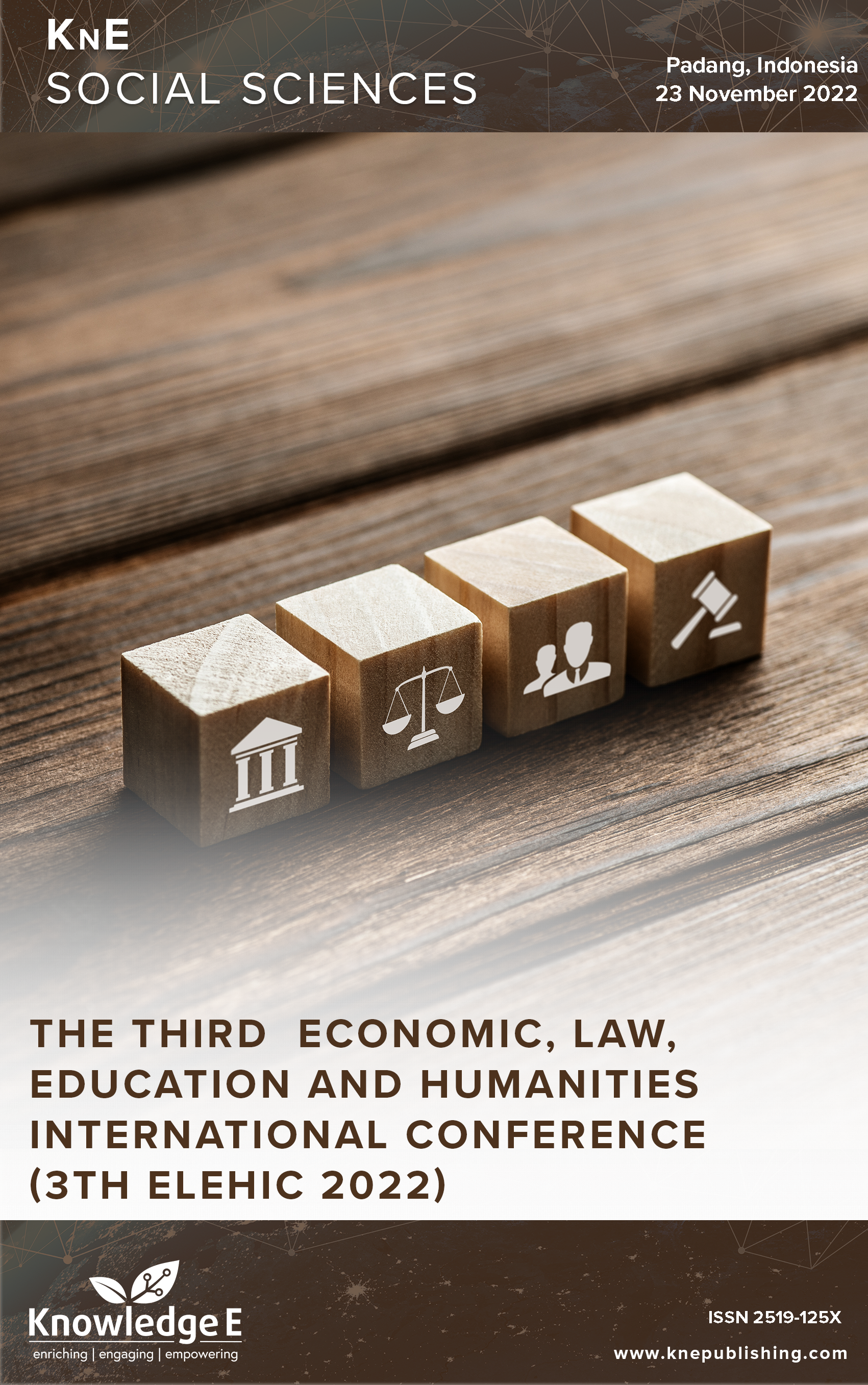A Critical Autoethnography of Researching on Environmental Problems from Face Mask Disposal Problems on Malaysia
DOI:
https://doi.org/10.18502/kss.v8i13.13764Abstract
Sharer (referring to storyteller: Siyi Guan) has utilized autoethnography as a methodology to redact and share her own startup experience on the basis of personal business project. The first section comprises the narration of sharer’s personal startup experience, which is followed by the problem statement confronted during the project process, with the introduction of the research design of its methodology at the same time. There have been 5 interviewees participating in this research. Nvivo is utilized to extract the interview data along with its high-frequency words in written form after interviews. Ultimately, the overall project orientation process and future suggestions are elaborated.
Keywords: Autoethnography; Startup experience; Environment; Face Masks
References
Adams, T. E., & Holman Jones, S. (2011). Telling stories: Reflexivity, queer theory, and autoethnography. Cultural Studies? Critical Methodologies, 11(2), 108-116.
Atlgan Türkmen, B. (2022). Life cycle environmental impacts of disposable medical masks. Environmental Science and Pollution Research, 29(17), 25496-25506.
Briggs, D. (2003). Environmental pollution and the global burden of disease. British medical bulletin, 68(1), 1-24.Dutari, E., 2011. Entrepreneur, keep learning and enjoying your entrepreneurial journey.
Ellis, C., Adams, T. E., & Bochner, A. P. (2011). Autoethnography: an overview. Historical social research/Historische sozialforschung, 273-290.
Fletcher, C. (1992). Ethical issues in the selection interview. Journal of Business Ethics, 11(5), 361-367.
Forbat, L., & Henderson, J. (2005). Theoretical and practical reflections on sharing transcripts with participants. Qualitative Health Research, 15(8), 1114-1128.
Gannon, S. (2006). The (im) possibilities of writing the self-writing: French poststructural theory and autoethnography. Cultural studies? Critical methodologies, 6(4), 474-495.
Google.com. (2019). [online] Available at: https://www. google.com/url?sa=t&source=web&rct=j&url=https://mpma.org.my/ v4/wp-content/uploads/2019/09/White-Paper-FINALR.pdf&ved= 2ahUKEwj3mKLRx4f7AhVU3XMBHTSgCmYQFnoECBQQAQ&usg= AOvVaw07AlfhnAqtcNKkPRYUFFGe [Accessed 30 Oct. 2022].
Hilal, A.H. and Alabri, S.S., 2013. Using NVivo for data analysis in qualitative research. International interdisciplinary journal of education, 2(2), pp.181-186.
Hiller, H. H., & DiLuzio, L. (2004). The interviewee and the research interview: Analysing a neglected dimension in research. Canadian Review of Sociology/Revue canadienne de sociologie, 41(1), 1-26.
Holman Jones, S. (2016). Living bodies of thought: The “critical” in critical autoethnography. Qualitative Inquiry, 22(4), 228-237.
McIlveen, P. (2008). Autoethnography as a method for reflexive research and practice in vocational psychology. Australian journal of career development, 17(2), 13-20.
Moore, J., & Moyer, L. (2002). Questionnaire design effects on interview outcomes. Survey Methodology, 3.
‘Saberian, M., Li, J., Kilmartin-Lynch, S. and Boroujeni, M. (2021). Repurposing of COVID-19 single-use face masks for pavements base/subbase. Science of The Total Environment, 769, p.145527. doi:10.1016/j.scitotenv.2021.145527.
Selvaranjan, K., Navaratnam, S., Rajeev, P., & Ravintherakumaran, N. (2021). Environmental challenges induced by extensive use of face masks during COVID-19: A review and potential solutions. Environmental Challenges, 3, 100039.
Wang, G., Li, J., Saberian, M., Rahat, M. H. H., Massarra, C., Buckhalter, C., ... & Johnson, J. (2022). Use of COVID-19 single-use face masks to improve the rutting resistance of asphalt pavement. Science of The Total Environment, 826, 154118.
www.google.com. (n.d.). Redirect Notice. [online] Available at: https: //www.google.com/url?sa=t&source=web&rct=j&url=https://www.env.go.jp/en/recycle/asian_net/Country_Information/Law_N_Regulation/Malaysia/ Malaysia{%}2520EQA{%}2520Scheduled{%}2520Waste{%}25202005.pdf&ved= 2ahUKEwiztqK08vX6AhVOwzgGHahsCvcQFnoECCYQAQ&usg=AOvVaw31 [Accessed 23 Oct. 2022].
www.youtube.com. (n.d.). ‘Recycle Man’ Transforms Used Masks Into Bricks. [online] Available at: https://youtu.be/H9tn7ZwQQsU [Accessed 26 Oct. 2022].

